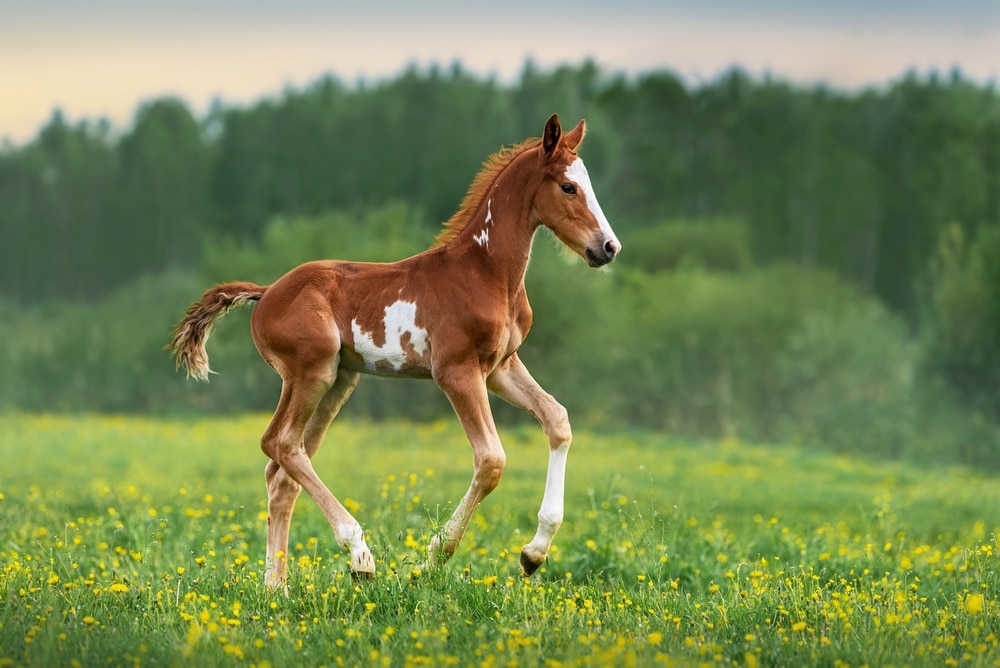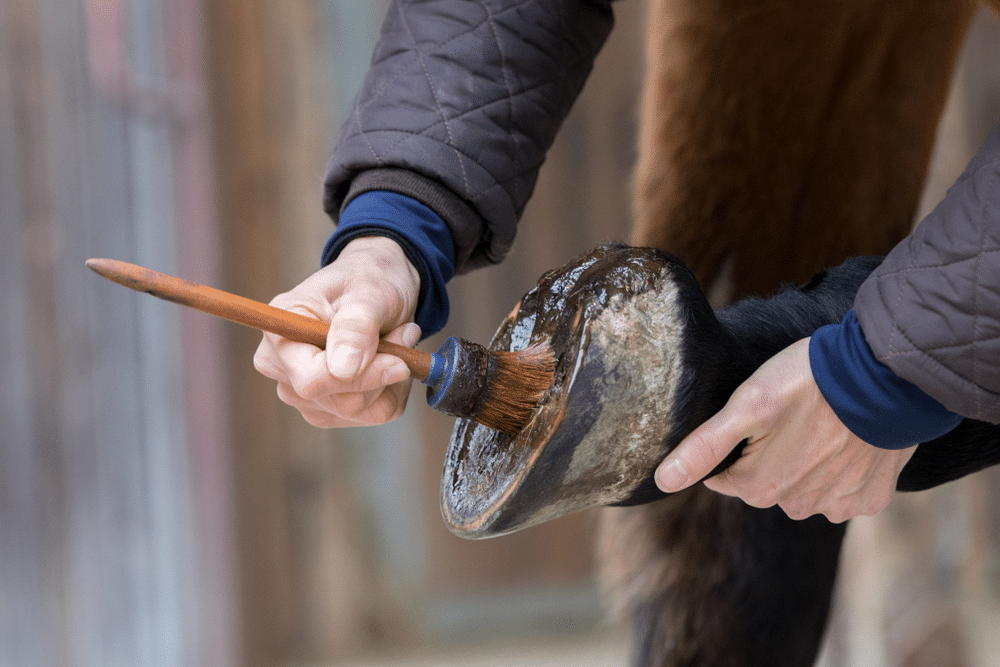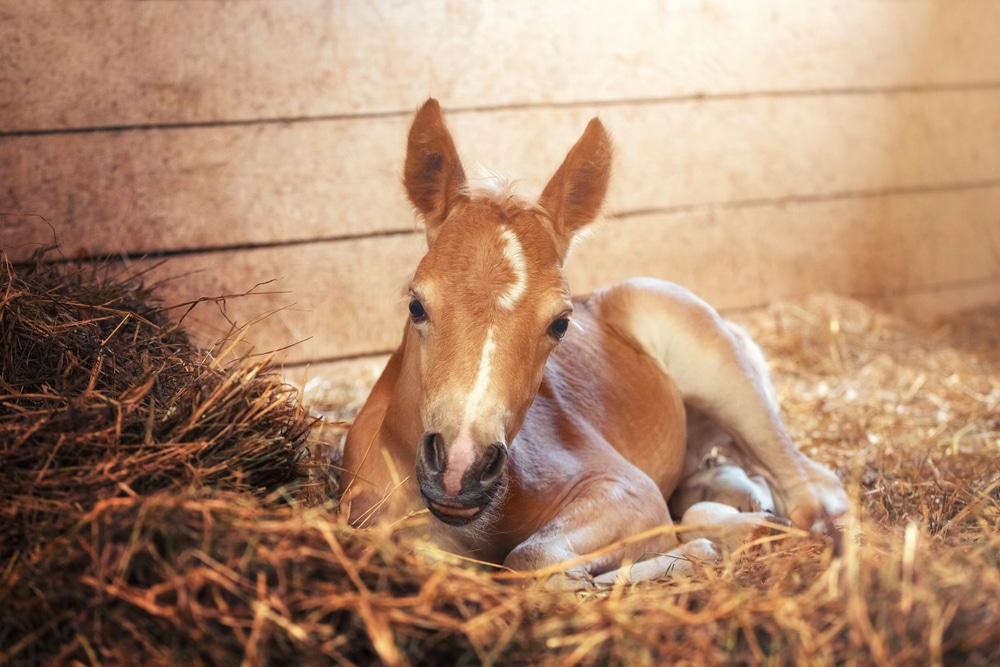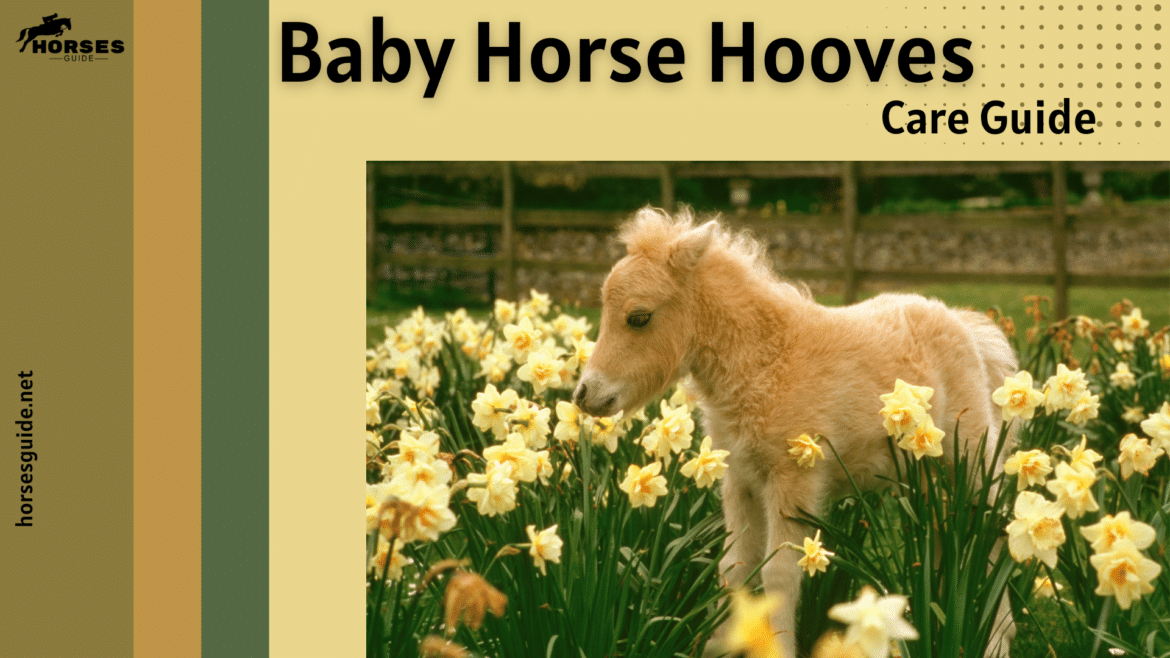Table of Contents
Folks, imagine the first time your baby horse takes a step; those small foal hooves are like the beginning of a grand journey. Ensuring these tiny hooves get the right care is crucial for setting up your foal for a lifetime of health. You know that every step matters from the moment they emerge from the birth canal to their playful trots as they grow. Proper hoof care is not just about maintaining their comfort; it’s about nurturing their potential. Let’s discuss the essential tips to make sure your pony foal’s hooves are always in top shape, ready for every new milestone along their journey.
Development of Foals’ Hooves

If you are an equine lover and want to pet one, you must know how their hooves develop. As a foal or baby grows, its hooves undergo considerable changes. A foal’s hooves are flexible and delicate throughout the birth canal. The hooves stiffen and start to resemble adult horse hooves as they become older. In order to avoid frequent problems like poor growth, abnormalities, or infections, early hoof care is crucial. Careful attention must be given to the hoof development of newborn foals, particularly in the first half-hour following delivery.
Daily Inspection
Hygienic hoof care requires routine checks. Every day, check your newborn horse’s hooves for:
- Chips or cracks: These could indicate overuse or inadequate diet.
- Soreness or Sensitivity: If a foal exhibits limping or other signs of discomfort, it may be a sign of soreness.
- Debris: Clear away any manure, stones, or mud that may have become trapped in or around the hoof.
You can identify abnormalities early on and prevent them from becoming more serious by conducting a daily examination. Due to their tiny size, miniature horse hooves may require different care than those of larger breeds.
Hoof Care and Picking
Ready to give your horse’s hooves the care they deserve? A newborn horse’s hoof should be cleaned every day. To get rid of dirt, stones, and other debris, use a hoof pick. This guarantees that you can identify any possible problems early on and helps prevent infections.
To keep the hooves clean:
- Lift the Hoof: Raise the hoof slowly and place it on a hoof stand or between your knees.
- Using a hoof pick, remove debris by working your way toward the toe from the heel.
- Wipe the Hoof: To get rid of any last bits of dirt, wipe the hoof with a fresh cloth after picking.
To guarantee the hoof is clean and to avoid injury, proceed cautiously but thoroughly. Sometimes, fairies’ digits might assist in guaranteeing careful handling throughout this procedure.
Regular Trimming
The hooves of newborn foals grow quickly and require frequent trimming. Even though shorter-legged foals might not require much trimming when they are young, they will require constant care as they become older to make sure their hooves are growing uniformly and to avoid overgrowth.
- Plan Frequent Trims: To create a timetable for trimming, speak with a farrier with expertise working with mares and foals.
- Track the growth of the hoof: Observe the rate of growth of your foal’s hooves and modify the trimming plan accordingly.
For the overall health and comfort of the foal, optimum hoof shape and balance must be maintained through regular trimming. Furthermore, as pony foals get closer to the size of a 14.2-hand horse, this care becomes even more crucial.
Healthy Eating

Balanced nutrition is essential for healthy hooves.
Make sure the foal is getting:
- High-quality Forage: Sufficient growth requires high-quality pasture or hay.
- Balanced Diet: Speak with your veterinarian to create a diet that will suit the dietary requirements of your foal.
- Minerals and Vitamins: Verify that the feed has the right amounts of these elements, especially biotin, zinc, and copper, which are essential for healthy hooves.
Robust, well-nourished hooves contribute to overall growth. To support their growing hoof capsule, tiny and newborn horses should pay particular attention to this.
If you want a detailed guide on horse nutrition and diet, this article guide is for you, covering nutrition guide in detail.
Avoiding Typical Hoof Issues
Some hoof problems can be more common in foal hooves.
The following tips can help avoid typical issues:
- Thrush: An inflammatory bacterial infection that can harm the hoof. Keep the hooves dry and clean to avoid it.
- Cracks: Keep an eye out and take care of any hoof cracks. Make sure to trim properly and don’t wear things too much.
- Splayed Hooves: Foals may occasionally have excessively spread-out hooves. Usually, regular trimming and good maintenance assist in resolving this problem.
If you see recurring problems or are unclear on how to handle a specific issue, get advice from a veterinarian or farrier. Additionally, pay close attention to how your foal’s behavior varies in response to various hoof care techniques.
Hooves Care to Baby Horse
Gradually introduce hoof care to your foal. Give them praise when they remain motionless and handle their hooves carefully. This lessens tension for you and the foal and aids in their acclimation to the procedure.
- Handle Often: Start by lightly caressing and raising their hooves.
- Employ Positive Reinforcement: To make hoof care enjoyable, give your foal praise or food as a reward.
When it comes to hoof care, having a positive relationship with your foal might make things go more smoothly as they mature. While they are not necessary, golden slippers could be a fun way to add some enjoyment to the procedure.
Conclusion
Summing up, a newborn horse’s hooves require periodic checks, cleaning, trimming, and sustenance. You can guarantee that your pony foal develops into a happy, healthy horse by attending to these crucial elements of foot care. Many common hoof issues can be avoided with regular care and early intervention, which will benefit your horse’s general health and performance for the duration of its life.



